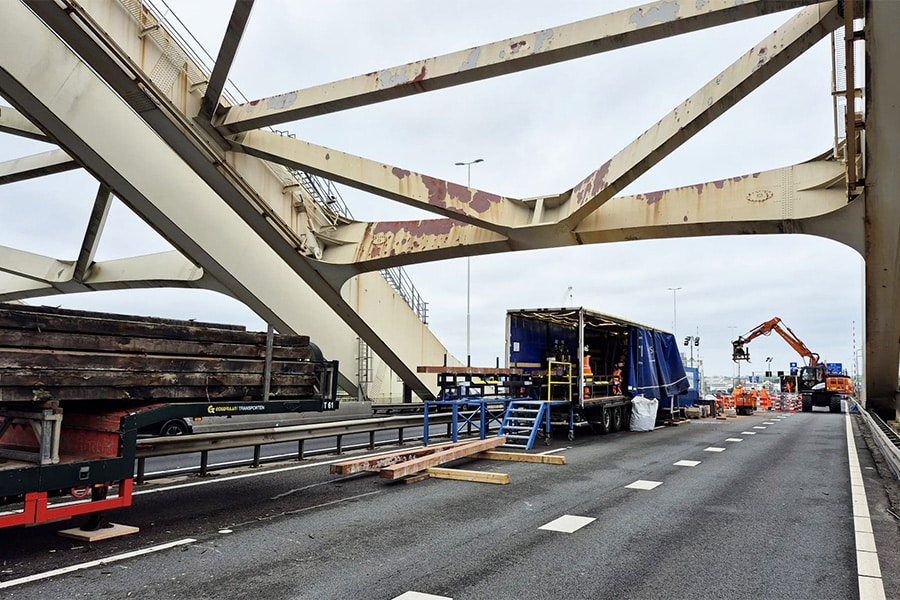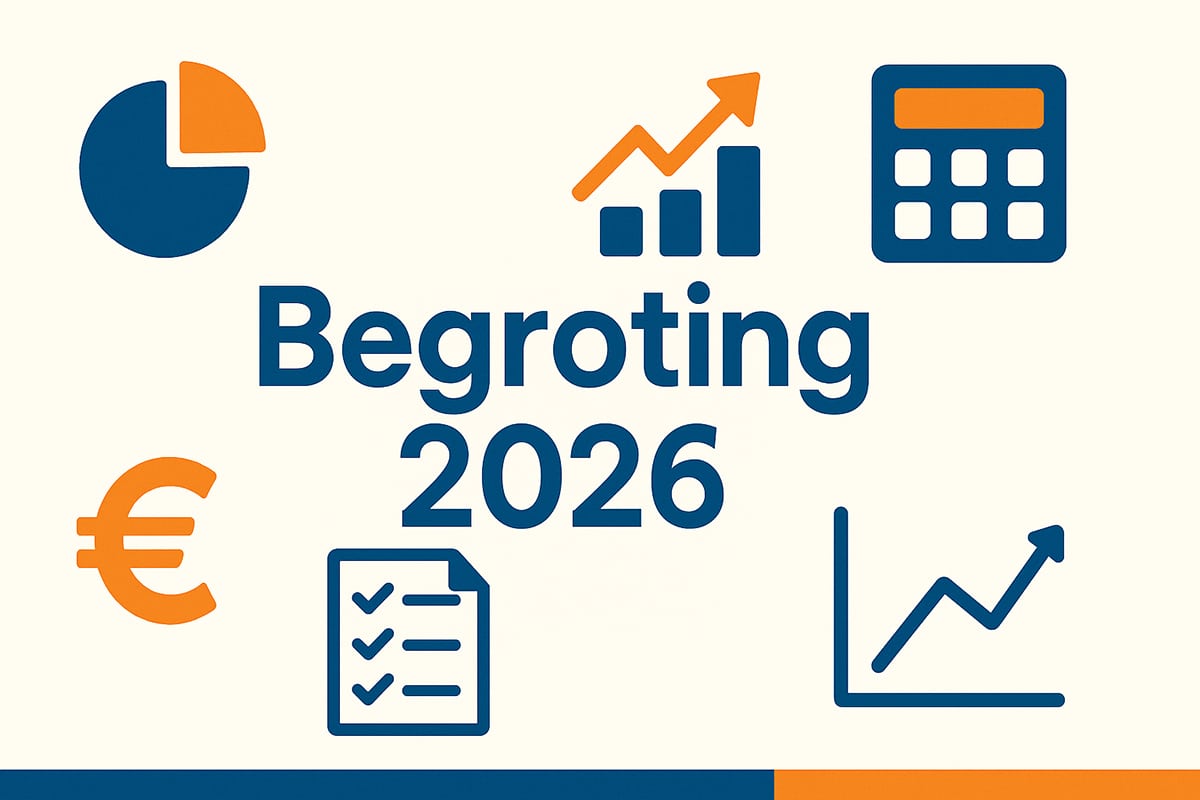
Is bioconcrete becoming the alternative building material of the future?
Successful innovations almost always result from collaboration between science and market players. This is no different with bioclear concrete. According to Dick Specht of Groningen-based innovation and consulting firm Bioclear earth, this is about jointly creating value with the power of nature.
"Since 2016, we have been intensively searching for alternative building materials to concrete, as construction needs to become more sustainable to meet climate goals. Our current research is based on three pillars: we look at commercial feasibility, sustainability and technical opportunities. But it is time to link ourselves to the market now, which is why we are now working with Strukton Civiel start-up & innovation center. It's time for The Next Step."
Recognizing the urgency, the government is supporting the research with the Top Sector Energy Grant from the Ministry of Economic Affairs and Climate.

1. First, what exactly is bioconcrete?
"We are replacing traditional cement with bacteria that produce calcite crystals that allow sand and gravel to bond together (anyway). This biocementation could become the alternative to conventional cement concrete in the future. If this would succeed, we would make a big step forward because conventional cement production is still responsible for over 8% of global CO2 production. So, we are actually putting the power of nature to work. And, we are helping the climate."

2. How important is bioconcrete?
"That is now - anno 2022 - still a difficult question to answer. When I knock on the door of market participants to bring the process of 'bio-concrete' to their attention, I always get three legitimate questions. People want to know: how strong is it? What does it cost? And ... what is the lifespan? The 'tricky thing' is that I can't answer those questions exactly right now. That's because we are still in the middle of the development and innovation process. We are now mainly looking for a match between the lab and practice in order to test, further develop and learn from that in turn."
"Actually, the core of my message is that I am not only appealing to all those construction companies in the Netherlands but also to clients. They could, for example, include conditions in their tenders requiring the market to experiment with alternatives such as bioconcrete. Even if at first it would only be for the construction of - for instance - a bicycle path or footpath: one could already work with a few meters of bio-concrete there. That would already satisfy us. We can then test in practice how the bio-concrete holds up."

"Incidentally, I do think that the government could conform more to the process and the opportunities of bioconcrete. After all, we receive government subsidies for innovation. Great. We are happy with that. But that same government is also the client in the civil engineering sector. So give the result of all those innovation projects on bioconcrete a chance to prove itself in practice."

3. Will bioconcrete ever become the standard?
"No one can predict the future but right now we are mainly focusing on non-constructive building materials. However, in my view it is inevitable that in a few years an alternative building material such as bio-concrete could become standard. That is not an illogical thought because left or right: there is a lot of building to be done and we all want to meet those climate goals, don't we?"



